One might wonder why “different types of windows are required?”, this can be answered when we understand what each one is used for. Windows are much more important than just being used as an entrance for light and air, and they require more planning than just making a space in the building wall. Window designs help make your building more appealing, attractive, and modern while making it more efficient as an inlet for sunlight and fresh air. This blog explains all the multiple types of windows, that can make your residential or commercial buildings look extremely unique, stylish, and attractive.
Post your Requirement
What Affects the Type of Windows Suitable For Your Structure?
1. Location of Room:
- For Ground Floor: For windows on the ground floor, there must be a balance between safety, accessibility, and appearance. The addition of tints, glazed glass, toughened glass, etc. can also help if the window faces a busy road to ensure privacy and minimize the inlet of external sounds.
- For Upper Floors: For windows on the upper floors, one can utilize panoramic windows or other kinds of windows that focus on appearance and maximize sunlight and fresh air as per requirement.
2. Size of Room:
- Small Room: For a small room, compact and small windows that help to maximize sunlight are preferred. These kinds of windows make the room less claustrophobic and feel more tidy.
- Large Room: For a large room, windows like bay windows, can help in making the room look more spacious and also provide some space for decoration and storage.
3. Direction of Wind:
- Wind Facing Side: Windows that face the wind should be built of strengthful frames to combat high-speed winds.
- Away from Wind Side: Windows on the side opposite to the wind should be made in a way that maximizes cross ventilation, ensuring a comfortable and sufficient availability of fresh air.
4. Architectural Point of View:
- Modern Designs: For modern architecture, the use of minimalist frames or frameless windows are popular choices as they give off a sleek and compact look.
- Traditional Designs: For traditional structures, smaller glass panes divided by horizontal and vertical bars positioned above a single pane or a pair of panes separated by a vertical bar are used.
What Are the Different Types of Windows in the Market?
1. Single-Hung Windows:
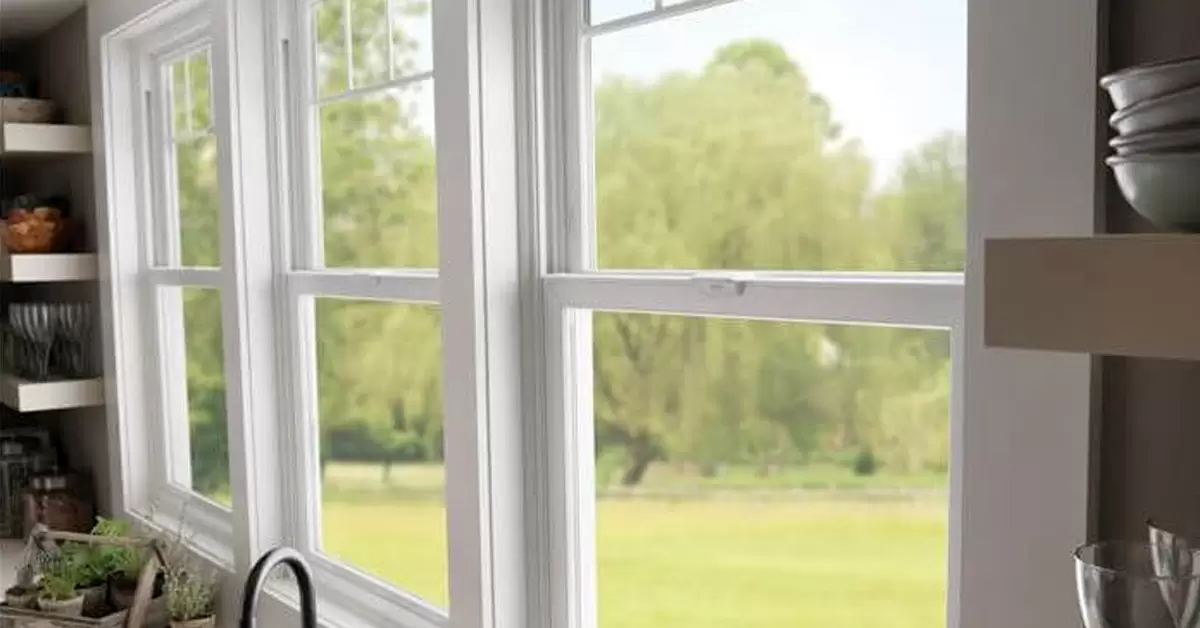
A single-hung window features two sashes/panels. The upper sash stays fixed while the lower sash can adjusted up and down. They are energy efficient as due to fewer moving parts they minimize air leaks. They are used as they provide an economical window choice for homeowners.
|
Pros |
Cons |
|
More affordable than double-hung windows |
Limited Ventilation |
|
Higher Energy Efficiency |
Cleaning becomes difficult |
|
Simple design reduces the chances of mechanical failure |
Not available for large windows |
2. Double-Hung Windows:
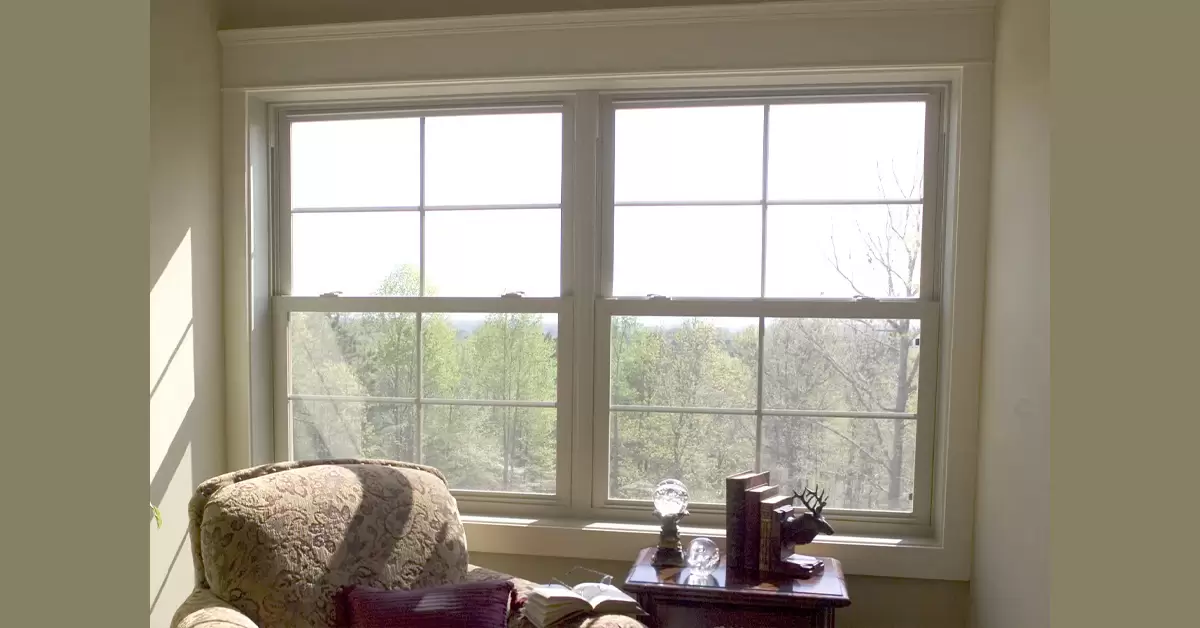
A double-hung window has two operable sashes, fitted vertically. They have two major benefits, maximum circulation and easy to clean. They are especially suitable for the windows on the second and third floors.
|
Pros |
Cons |
|
Better ventilation |
More expensive |
|
Easier to clean |
Less secure |
|
Suitable for multiple architectural types |
Higher chances of air leakage |
3. Hopper Windows:
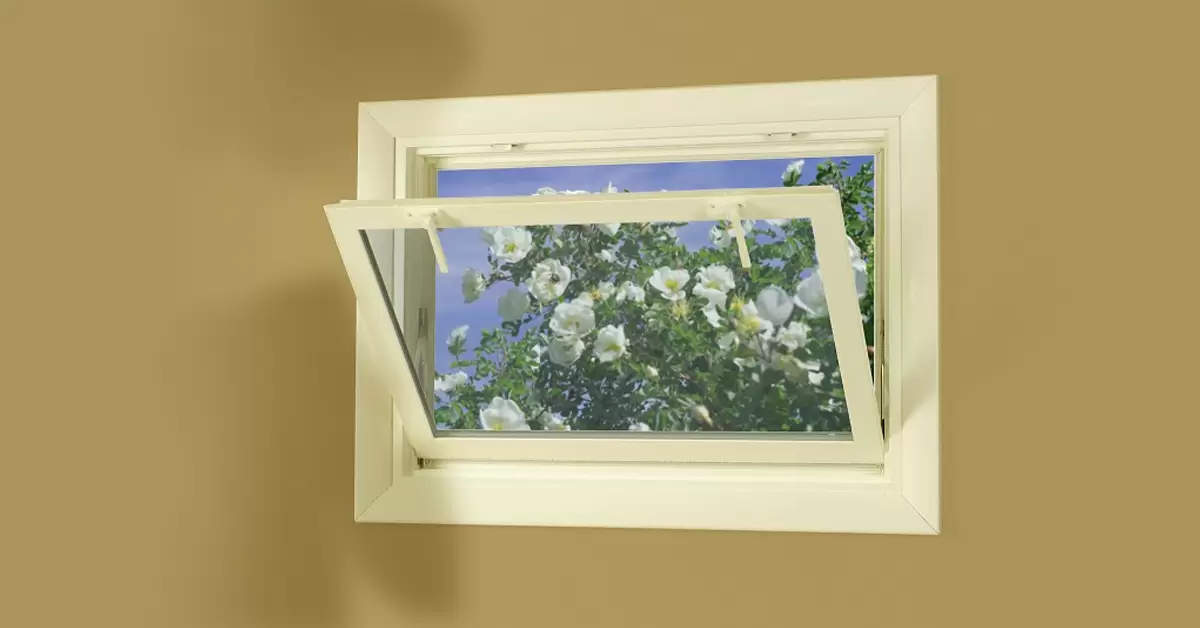
It can be identified by its rectangular shape. Usually, it is located high up on the wall near the ceiling, resulting in better ventilation. It is used when there is a requirement for ventilation but a wider window cannot be used.
|
Pros |
Cons |
|
Better ventilation, focusing on smaller spaces |
Less attractive design to be used in high-traffic areas |
|
Can be opened during rain as it stops rain from coming in |
Less energy efficient |
|
Useful for places where there is minimal space |
Cannot be used as an exit during an emergency |
4. Casement Windows:
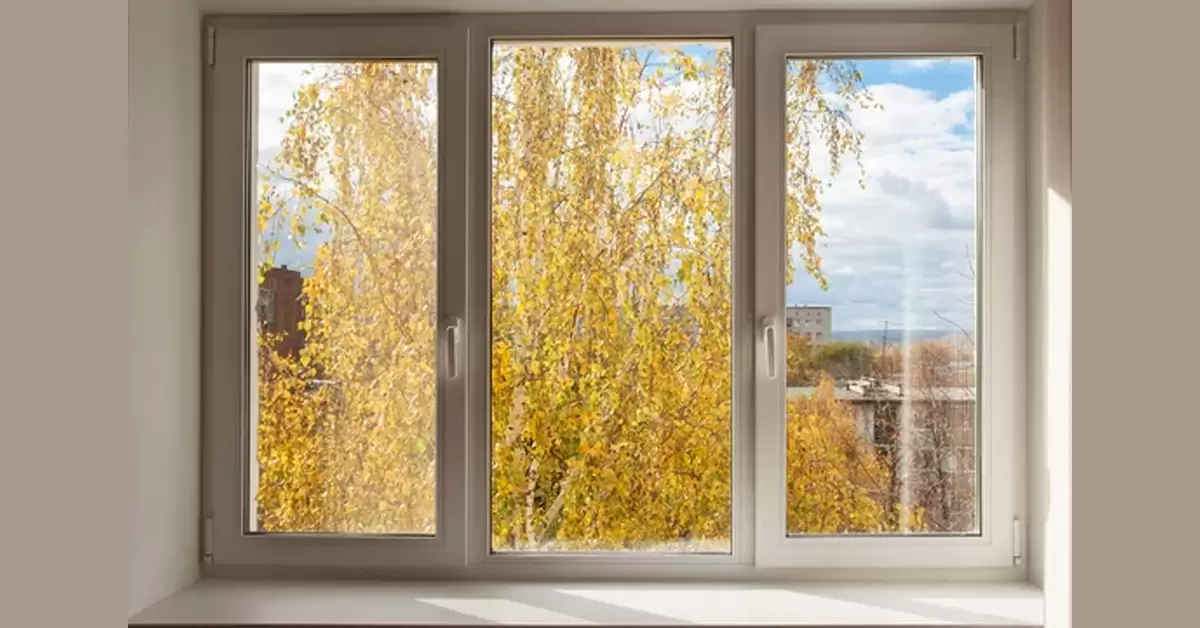
The casement window has a hinge on one side, which allows it to open in an outward direction. It is different from a sliding window, as it is attached to the window frame and can be swung open. It is useful in places like kitchens and bathrooms where maximum ventilation is required.
|
Pros |
Cons |
|
Provides unobstructed views |
More expensive than other options |
|
Easy to use |
More prone to failure of hinges etc. |
|
Highly Energy Efficient |
Limited size customization options |
5. Center Pivot Windows:
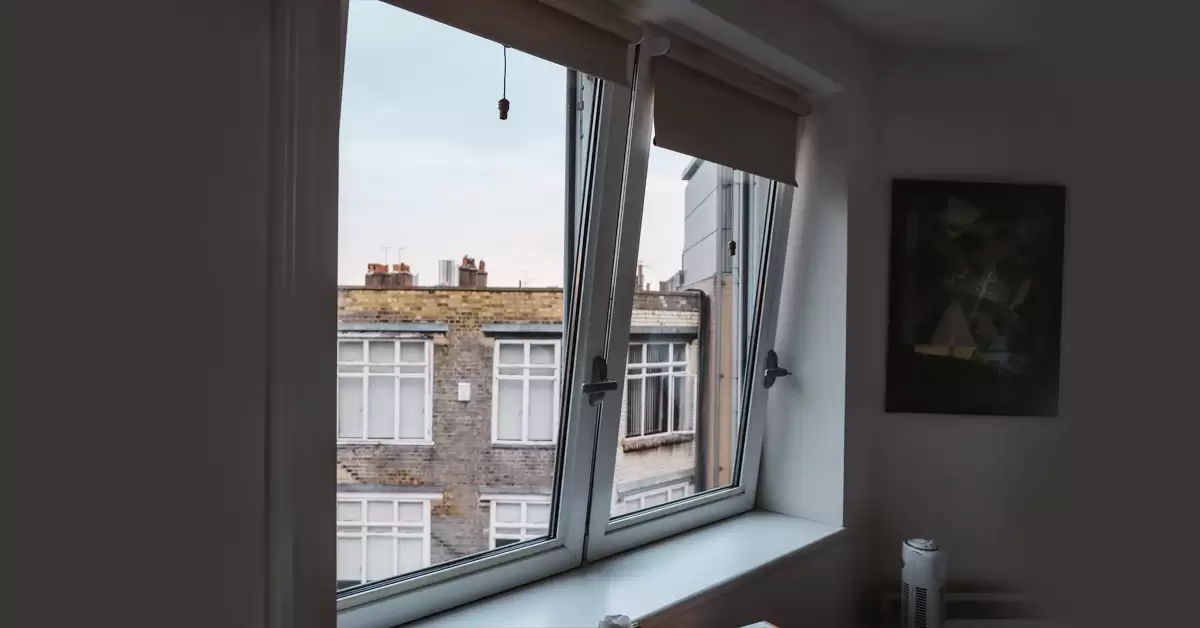
The hinges are set in the center of the frame. The handle for the window is at the top of the frame, which can be pulled down to open the window. The top of the frame tilts inwards, while the bottom swings outward. They are suitable for rooms that have low ceilings or pitched walls (between 15 and 90 degrees).
|
Pros |
Cons |
|
Provide better ventilation as they open at a higher angle |
Expensive than other types of windows |
|
Easier to clean |
Require additional structural support |
|
Long life |
Suitable only for limited architecture types |
6. Transom Windows:
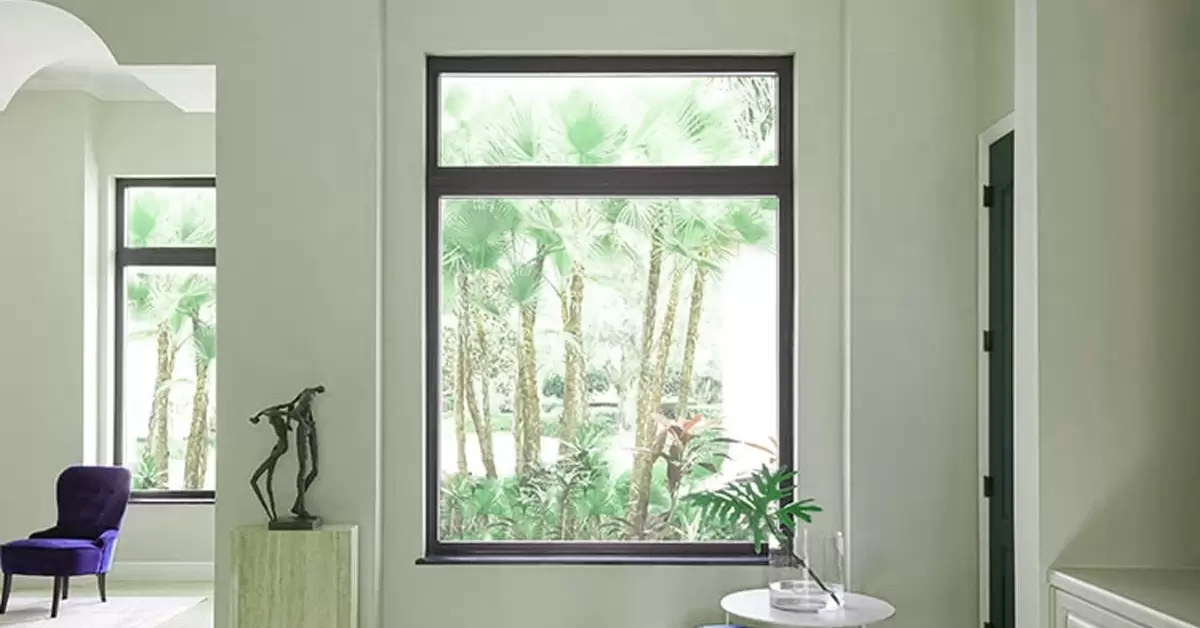
The window sits on top of a horizontal beam called a transom. This separates the top of a door or window from the wall. They are used mostly for their traditional look but also provide airflow via metal hinges which helps them to swing open.
|
Pros |
Cons |
|
Better aesthetic appearance |
Poor insulation properties |
|
Can be used for decoration or ventilation |
Limited ventilation |
|
Comes in multiple different designs |
Less affordable |
7. Bay Windows:
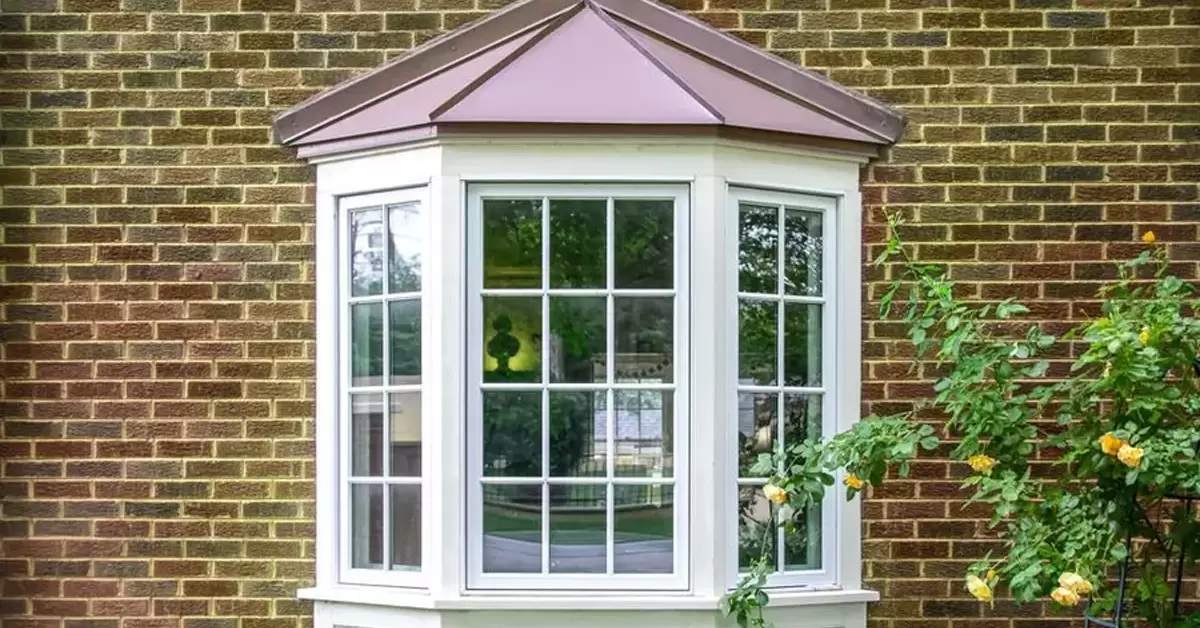
The bay windows project outwards of the main walls and form a “bay” in the room. It consists of a central windowpane, joined by two or more smaller windows, known as double-hung windows. This arrangement creates a panoramic view of the outside allowing more natural light to enter the room and also provides an additional place for storage and decoration.
|
Pros |
Cons |
|
Increases the inlet of Sunlight |
Complex installation |
|
Offers a panoramic view |
Expensive |
|
Offers additional space |
Additional structural support is necessary |
8. Bow Windows:
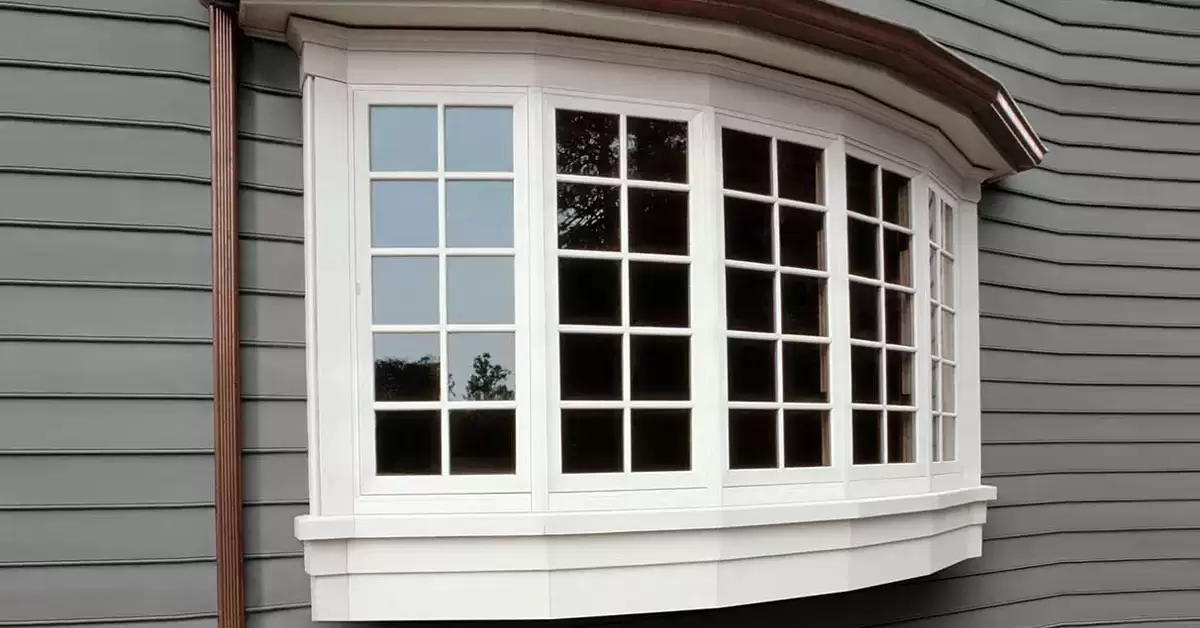
They are also designed to create space by projecting beyond the exterior wall of a building and to provide a wider view of the garden or the road outside. They typically combine four or more windows, which join to form an arch, this differentiates from the three-sided bay window.
|
Pros |
Cons |
|
Provides expansive views |
More Expensive than Bay Windows |
|
Provides aesthetic appeal |
Complex installation |
|
Versatile options for panes |
Poor energy efficiency |
9. Jalousie Windows:
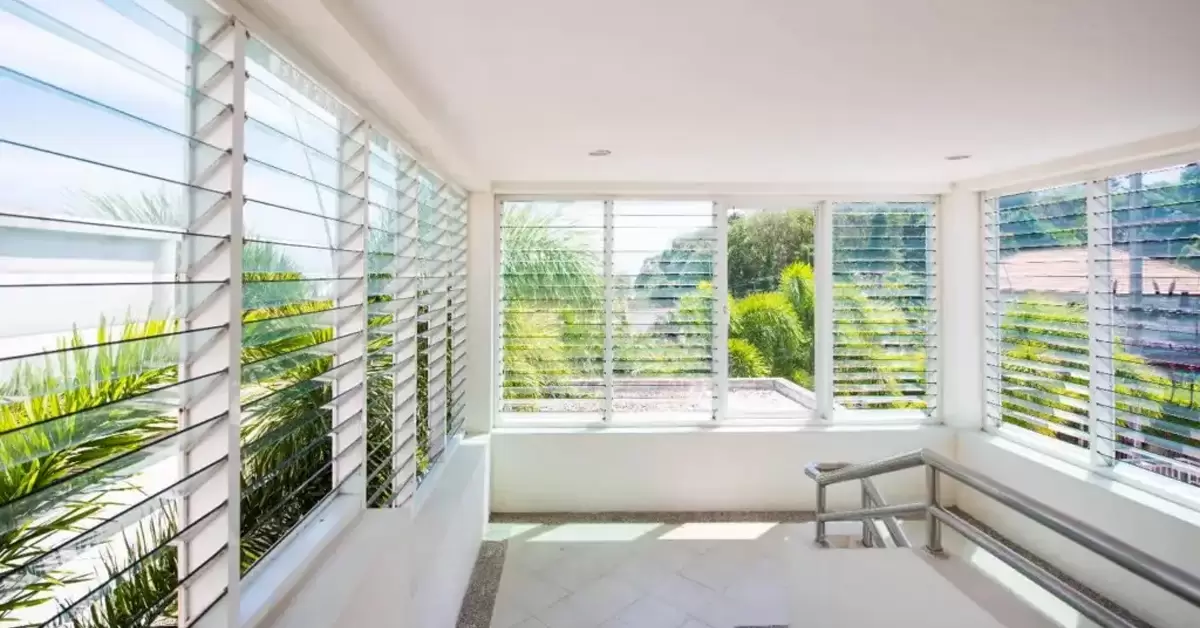
These windows have horizontal slats which are often made of wood, plastic, glass, or aluminium. These slats are typically four or six inches, depending on the size of the window. These windows were common in homes in warmer climates to allow in air.
|
Pros |
Cons |
|
Provides good ventilation |
Poor energy efficiency |
|
Cost-effective |
Not secure |
|
Can be opened during rain as it does not let water in |
Difficult to clean |
10. Garden Windows:
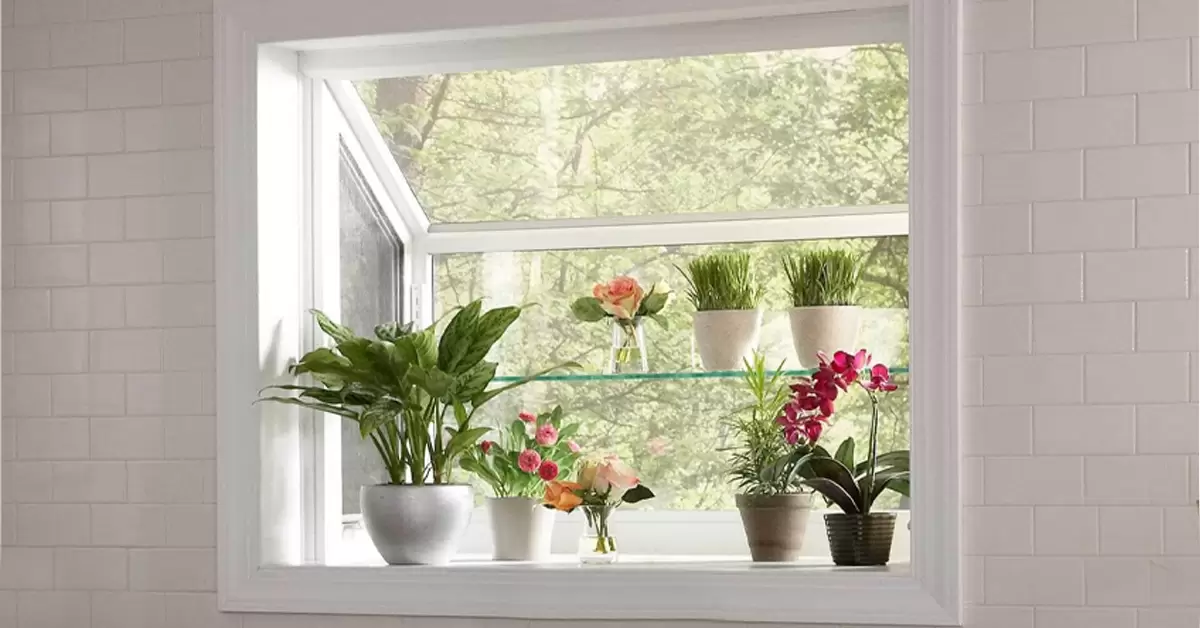
Like bay and bow windows, a garden window protrudes outward from the wall of your home. It acts like a mini-greenhouse as well as a window. It features a shelf-like sill for your plants and is usually installed in kitchens to store herbs and other small plants.
|
Pros |
Cons |
|
Ideal for gardening |
Difficult to install |
|
Enhances the aura of the room |
Can create condensation |
|
Provides additional space for storage |
Lower energy efficiency |
11. Glass Block Windows:
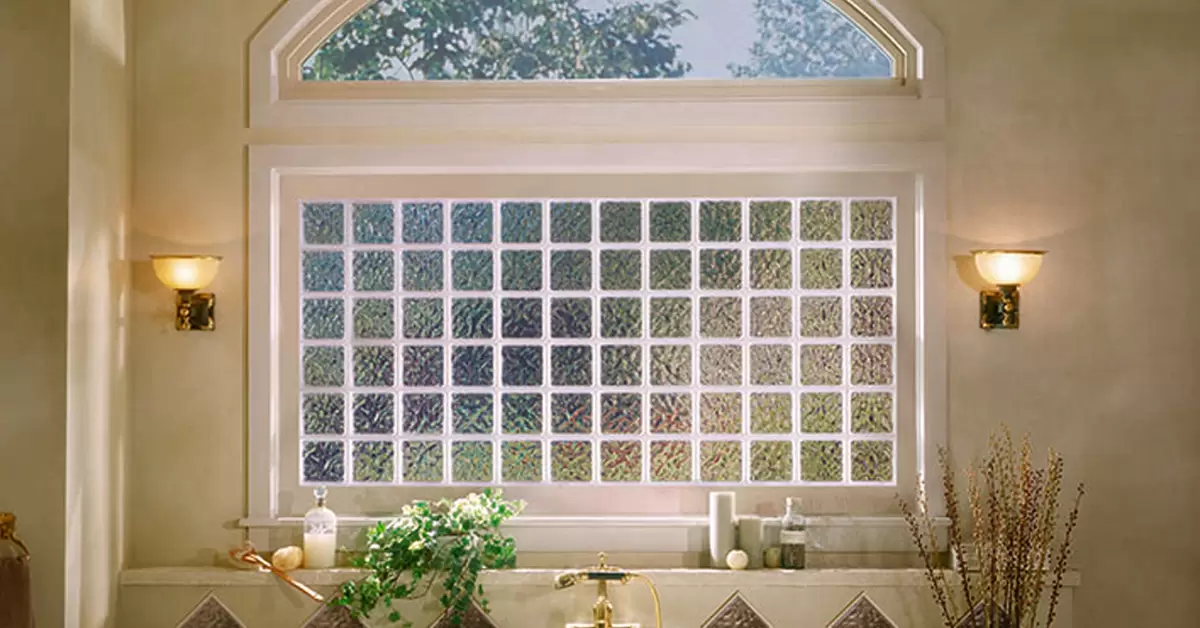
These kinds of windows are installed where privacy is required. It allows for reasonable light to enter but restricts others from seeing through the glass. It is used in bathroom windows, foyers, etc.
|
Pros |
Cons |
|
Provides privacy |
No ventilation |
|
Low maintenance |
Less cost-effective |
|
Unique addition to your properties |
Difficult installation |
12. Storm Windows:
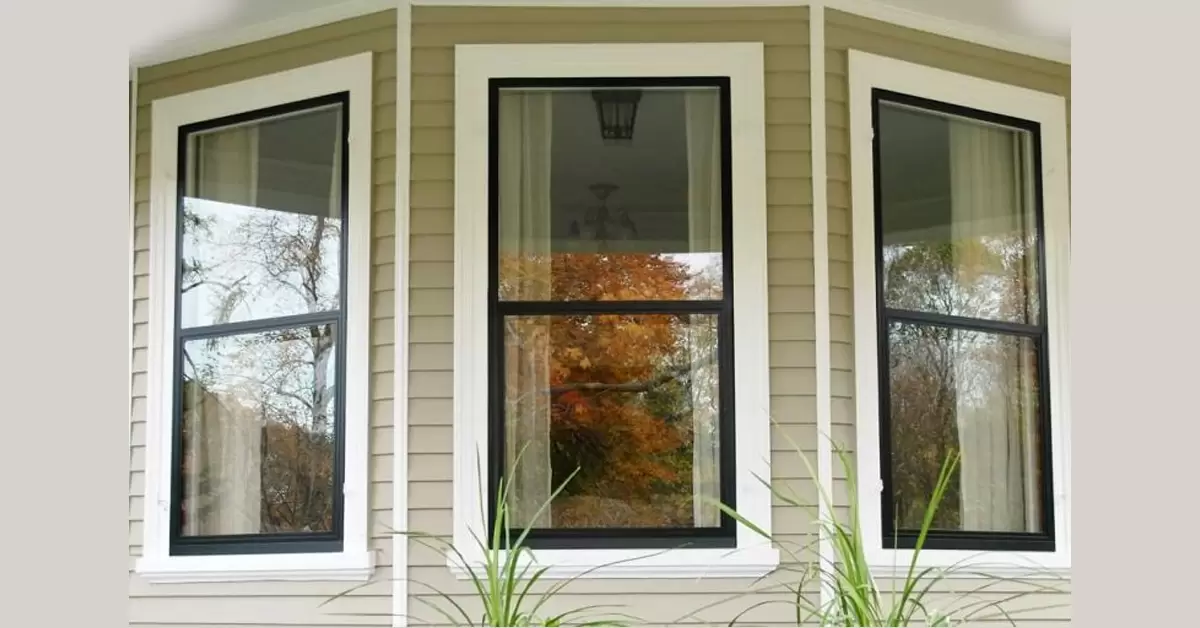
It is an additional window that can be installed on top of existing windows to add wind protection and provide more extensive insulation. It regulates the temperature inside your home as it prevents inside air from leaking and outside air from entering the room.
|
Pros |
Cons |
|
High insulation |
Less space for an inlet for sunlight |
|
Protection against wind and rain |
Frequent maintenance is required |
|
Higher energy efficiency |
Not like the usual windows |
13. Skylight Windows:
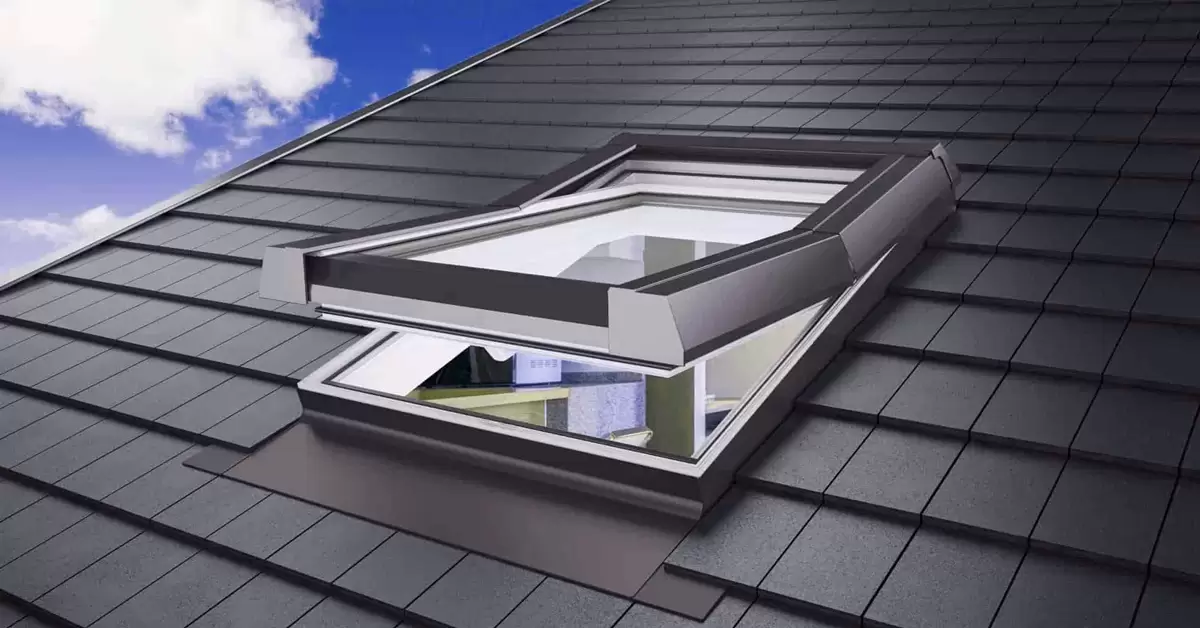
They provide light and ventilation. It helps in ventilation as it releases hot air that naturally accumulates near the ceiling. Ventilating skylights usually open outward at the bottom.
|
Pros |
Cons |
|
Provides overhead light |
Poor insulation |
|
Can offer ventilation |
Requires expert installation |
|
Provides aesthetic appeal |
Difficult to maintain |
14. Round Windows:
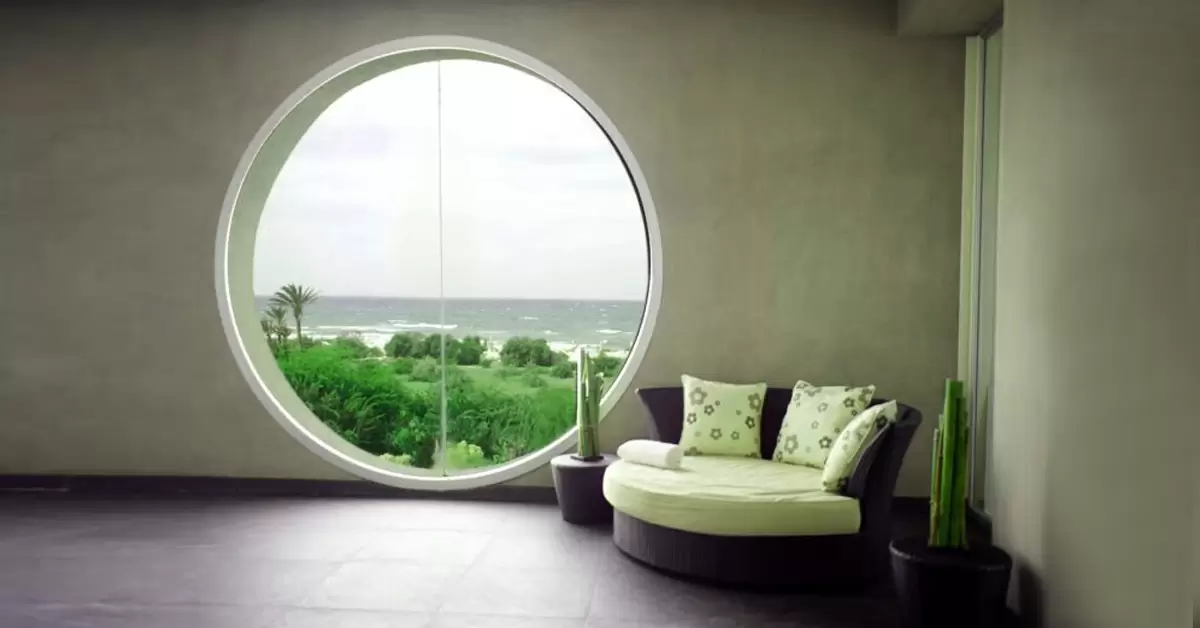
It is mainly used to let light into the room and highlight architectural details. These kinds of windows are a popular choice for their aesthetic appeal.
|
Pros |
Cons |
|
Unique design |
Do not provide ventilation |
|
Versatile |
Less visibility |
15. Radius Windows:
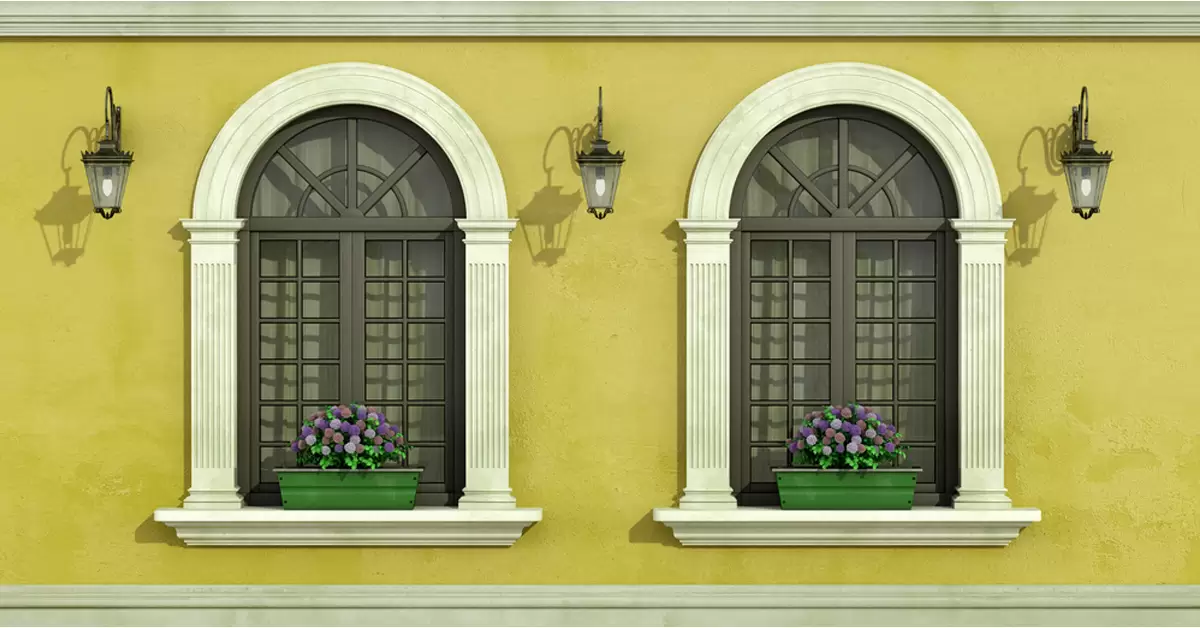
Arched or rounded at the top, these windows add architectural appeal to the structure. They offer a unique look and style that increases the appeal of the home. They do bring added sunlight into a home but are mostly used for their aesthetic quality.
|
Pros |
Cons |
|
Unique appeal |
Less cost-effective |
|
Increases natural light inside the structure |
Limited ventilation |
16. Lunette (Half-Moon) Windows:
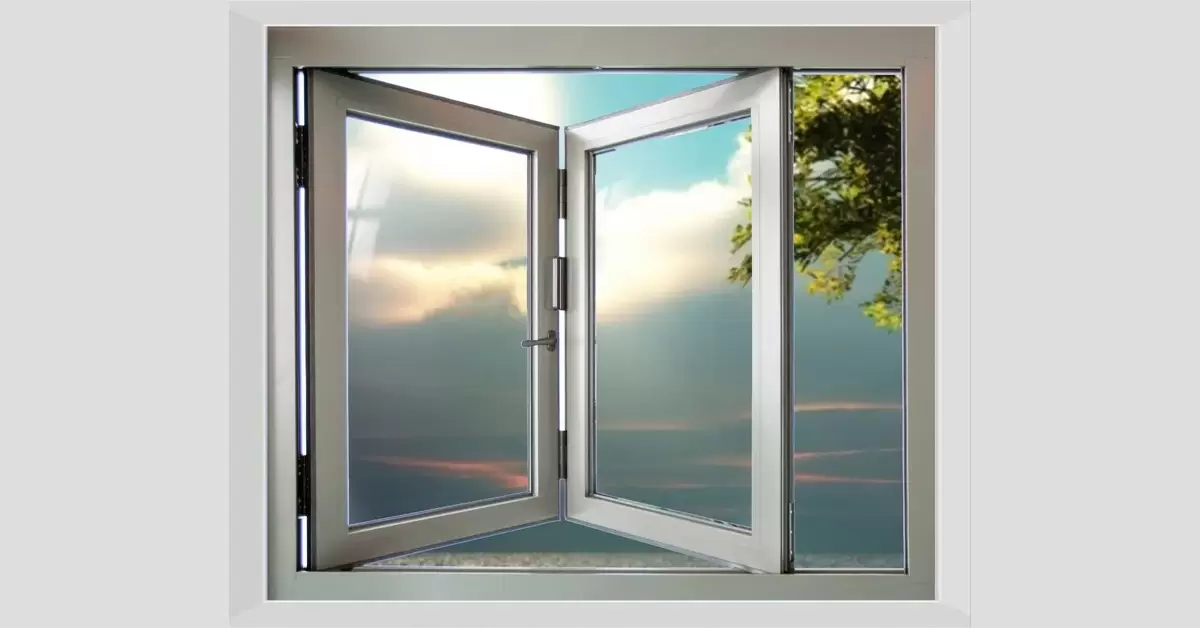
It is crescent-shaped or semicircular, the name comes from the French diminutive of lune, “moon.”. These can function as windows, a cove for ornament or statuary, or a section of wall framed by an arch or vault.
|
Pros |
Cons |
|
Increases visual appeal |
No ventilation |
|
Allows for privacy |
Less affordable |
|
Can be used as a standalone feature |
Requires specific framing and installation |
17. Two-Panel Slider Windows:
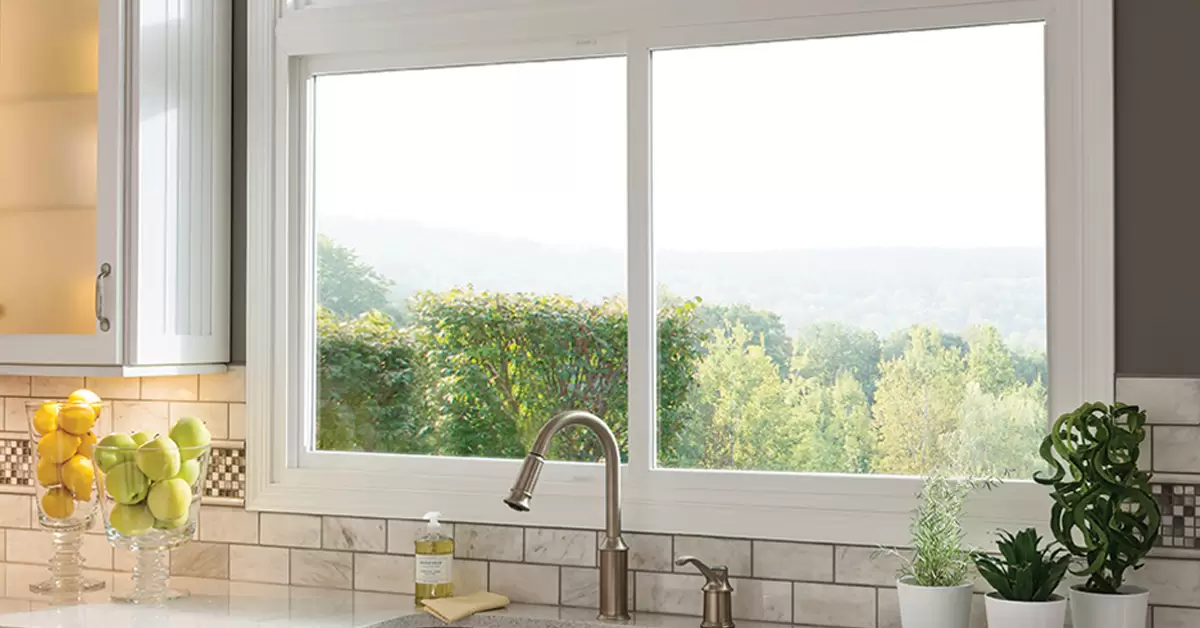
It consists of two individual glass panels that slide horizontally along a track. The panels can be made of tempered or laminated glass and are set within a frame made of aluminium and vinyl.
|
Pros |
Cons |
|
Easy to use |
Can have leakage problems |
|
Good ventilation |
Requires regular cleaning |
|
Can be installed for wide openings |
Not the most secure option |
18. Three-Panel Slider Windows:
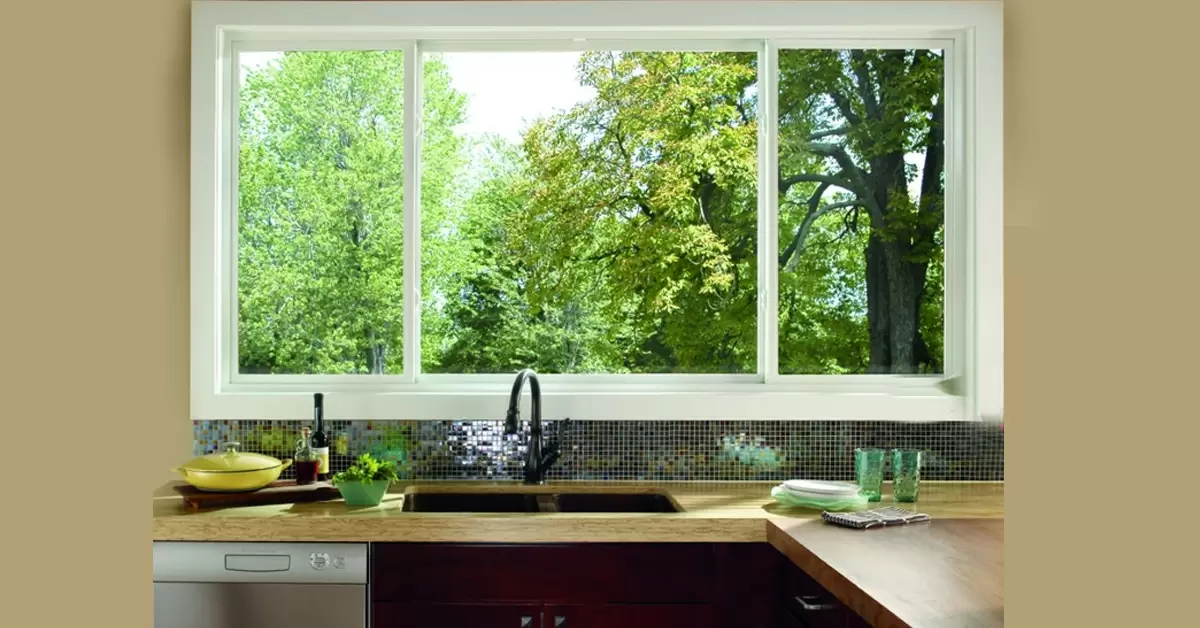
A three-panel has three panels of glass within one window frame. The middle panel is fixed, while both outer panels move left and right to operate the window. It is a good option for areas where there is a wide window opening to cover.
|
Pros |
Cons |
|
Offers panoramic view |
Can be difficult to maintain |
|
Stable |
Expensive installation |
|
Better ventilation |
Require constant cleaning |
19. Picture Windows:
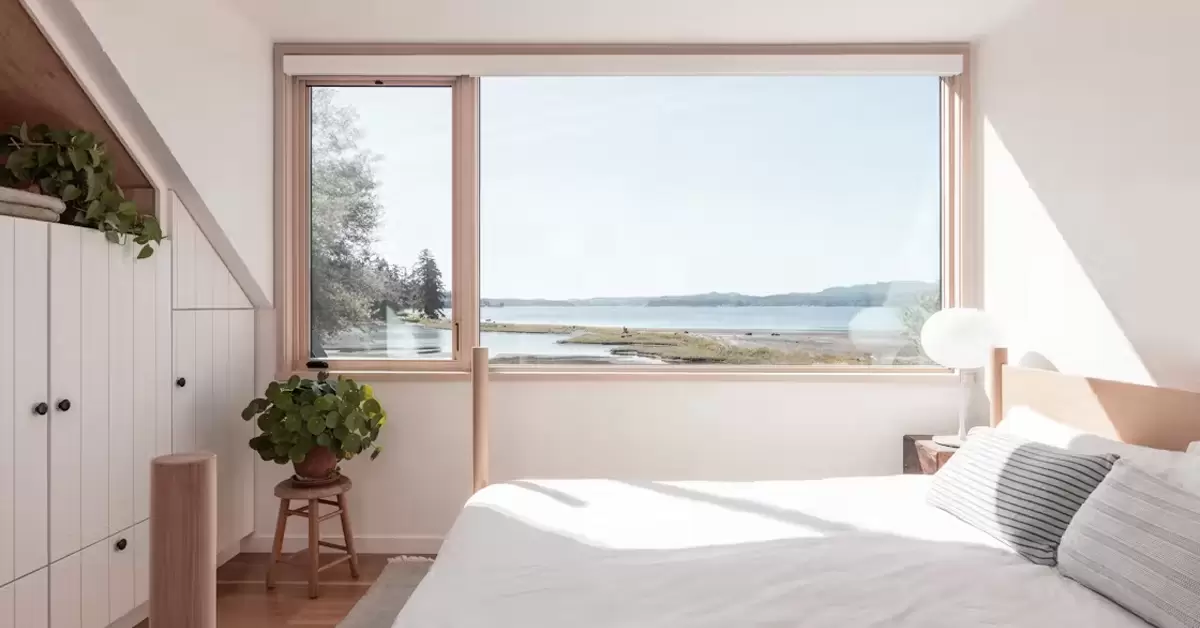
A picture window is a fixed window, which means it can’t be opened. It is usually a large, statement window that is used to highlight an architectural element of the home or can be placed to give the perfect view of an architectural element outside the home.
|
Pros |
Cons |
|
Provides a picturesque view |
Offer no ventilation |
|
Provides better energy efficiency |
Requires custom installation |
|
Low maintenance |
Can only be fitted at higher floors for better security and views. |
20. Awning Windows:
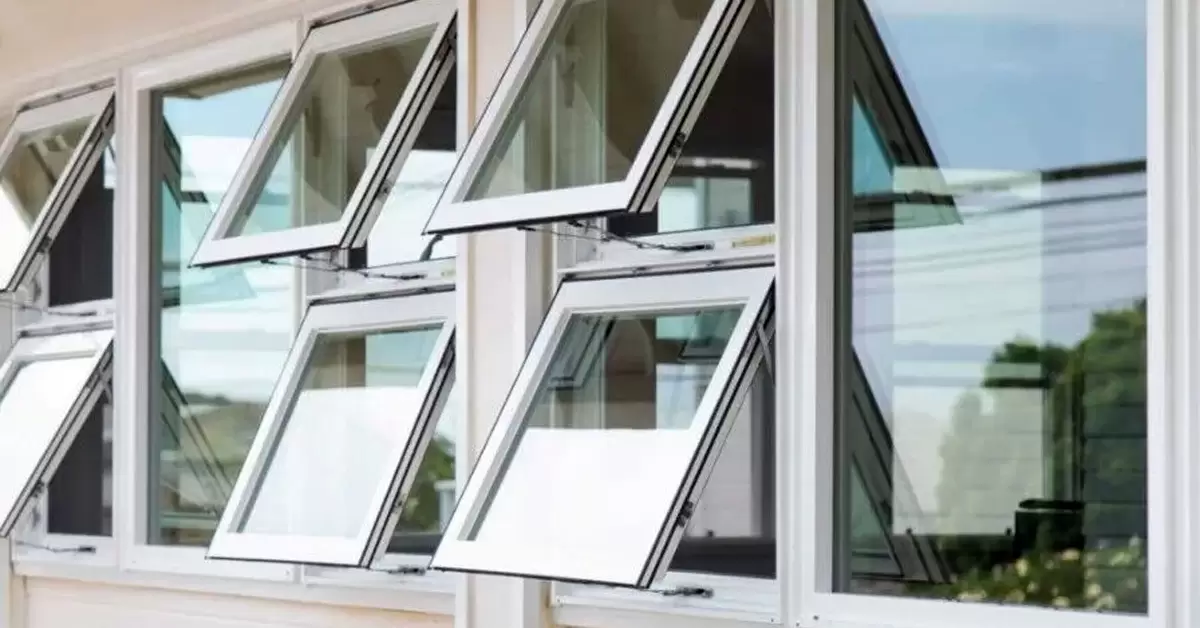
Awning windows are placed higher on walls than other types of windows. This placement is useful for capturing natural light and ventilation while also maximizing your wall space and also helping to maintain privacy. They are useful in climates with frequent rain, as they allow air to come in during rain without letting the rainwater enter the room.
|
Pros |
Cons |
|
Provides ventilation even during rain |
Limits inlet of light |
|
Provide a unique look |
Cannot be used in emergencies |
|
Provide higher privacy |
Requires frequent maintenance |
21. Tilt & Turn Windows:
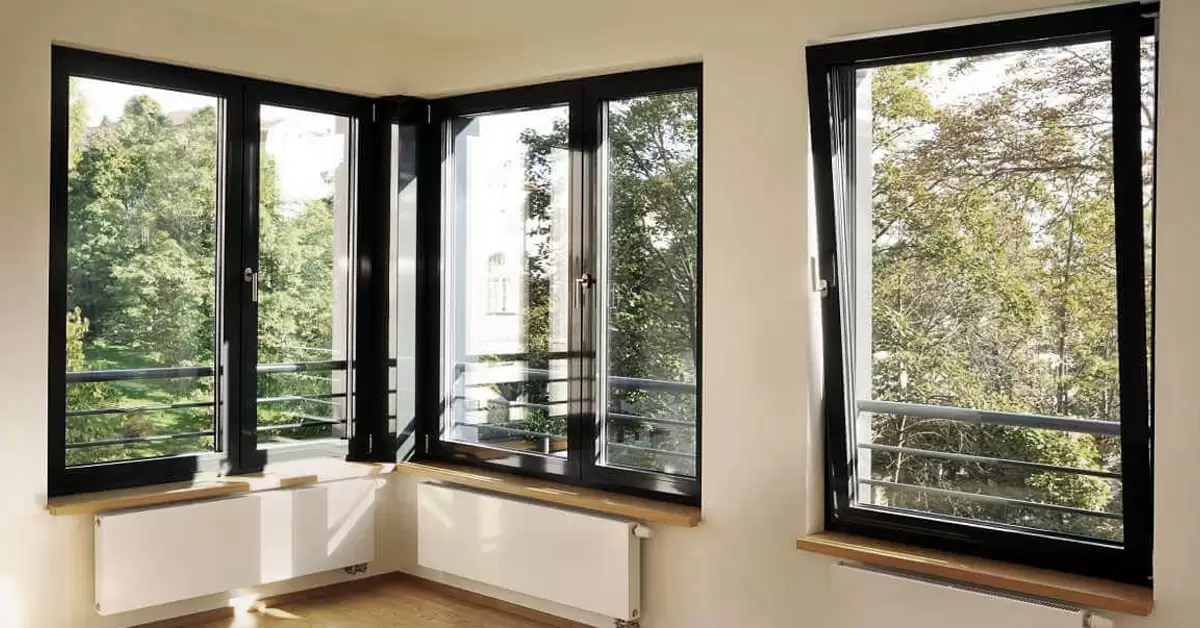
The Tilt and Turn Windows are open on two axes and are flexible. This window can be opened in multiple ways. This kind of window is installed as a safety feature or an emergency exit.
|
Pros |
Cons |
|
Allows for better ventilation |
More expensive |
|
Easier to clean |
Requires higher space for installation |
|
Can also be used in emergency |
Fits only limited architecture types |
Types of Windows based on material used
Based on materials, we can divide windows under two headings, uPVC and Aluminium windows.
1. uPVC Windows:
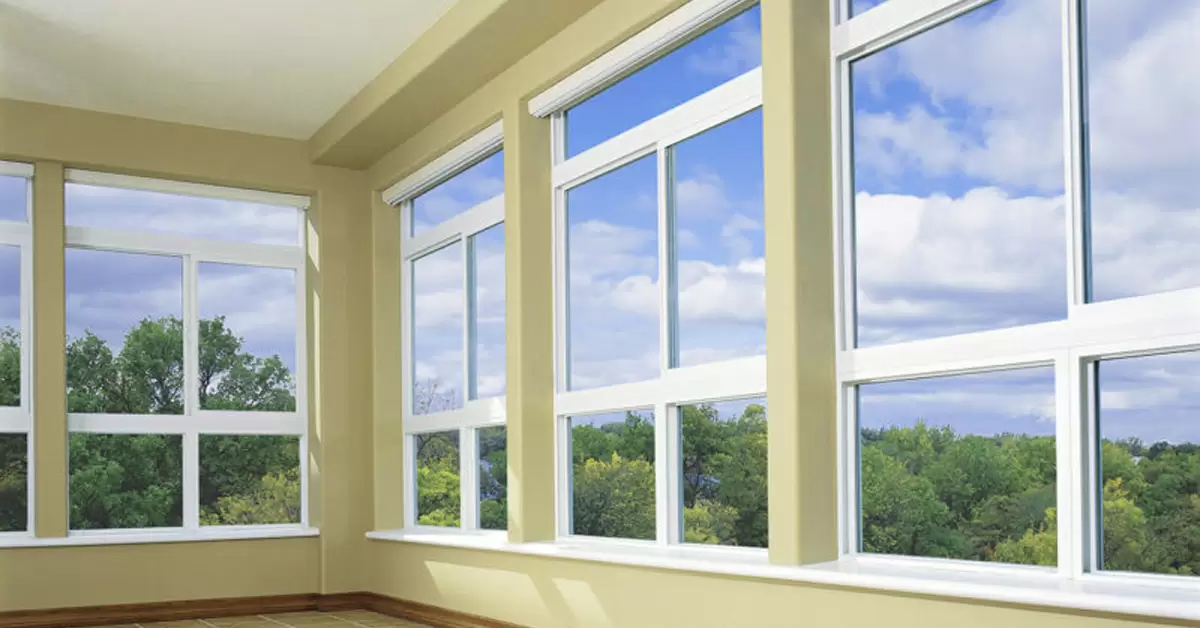
uPVC windows have frames made out of uPVC (unplasticized polyvinyl chloride), this material is famous for its durability and low maintenance. They have the property to resist warping, cracking, rotting, and rusting. This makes them a long-lasting option. It is a good insulator, which helps in reducing heating and cooling costs. These windows can be customized easily and hence come in multiple different styles and colors and can mimic the look of wood without needing to be repainted regularly.
2. Aluminium Windows:
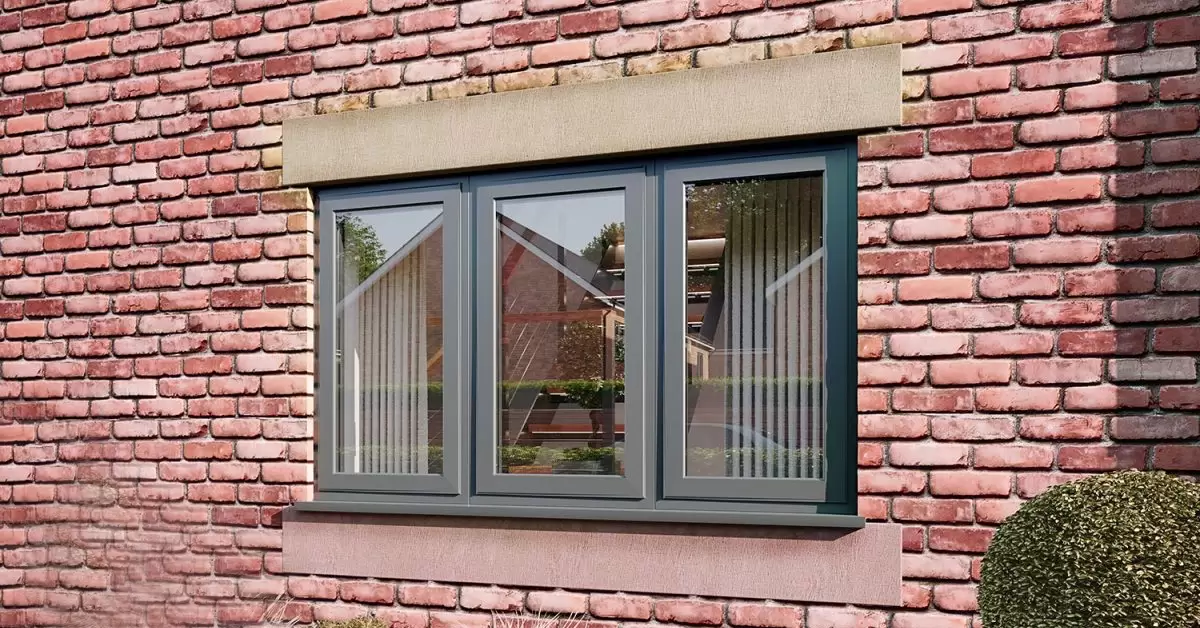
Aluminium windows have frames built out of aluminium which offer a sleek, modern aesthetic and are highly resistant to corrosion. They give strength to the frame and can handle large panes of glass, making them ideal for contemporary designs. However, aluminium is a thermal conductor, which means it’s less insulating than uPVC. To counter this, modern aluminium windows may include thermal breaks to improve energy efficiency and lower costs spent on cooling and heating.
3. Wooden Windows:
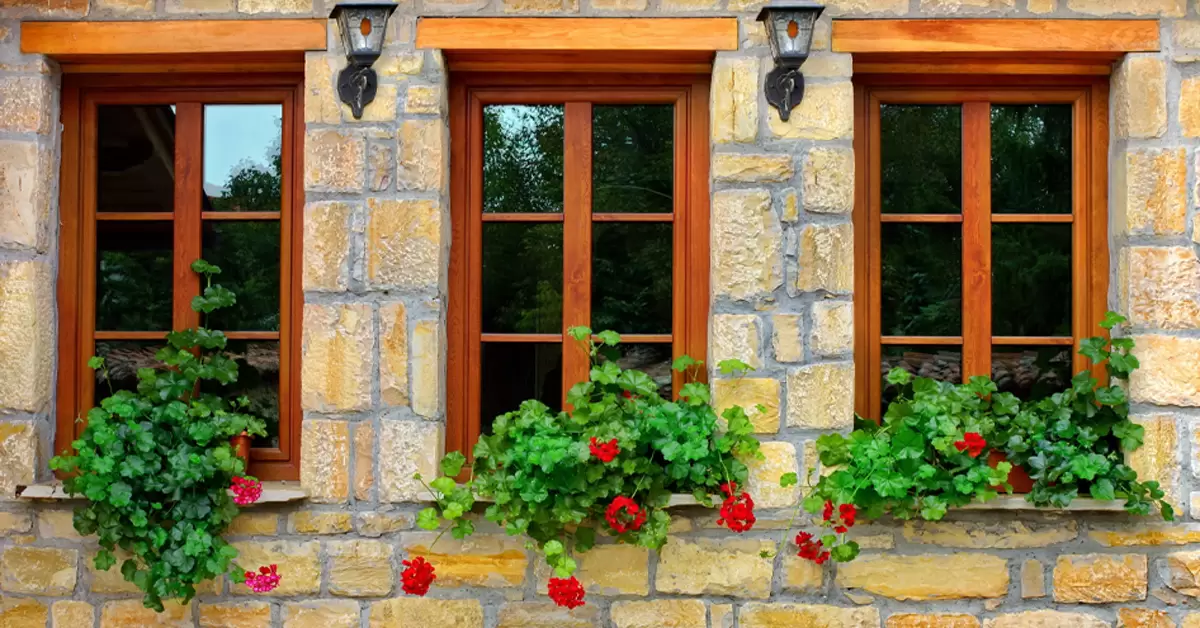
Such windows have their frame made out of basic wood or timber. These kinds of windows provide a traditional appeal and there are numerous kinds of design options to choose from. The cost for such windows depends largely on the design and kind of wood chosen. In the long run, these windows prove to be less cost-effective than their aluminium and uPVC counterparts, as they require repainting and polishing and are less resistant to wear & tear as compared to aluminium and uPVC.
4. Mesh Windows:
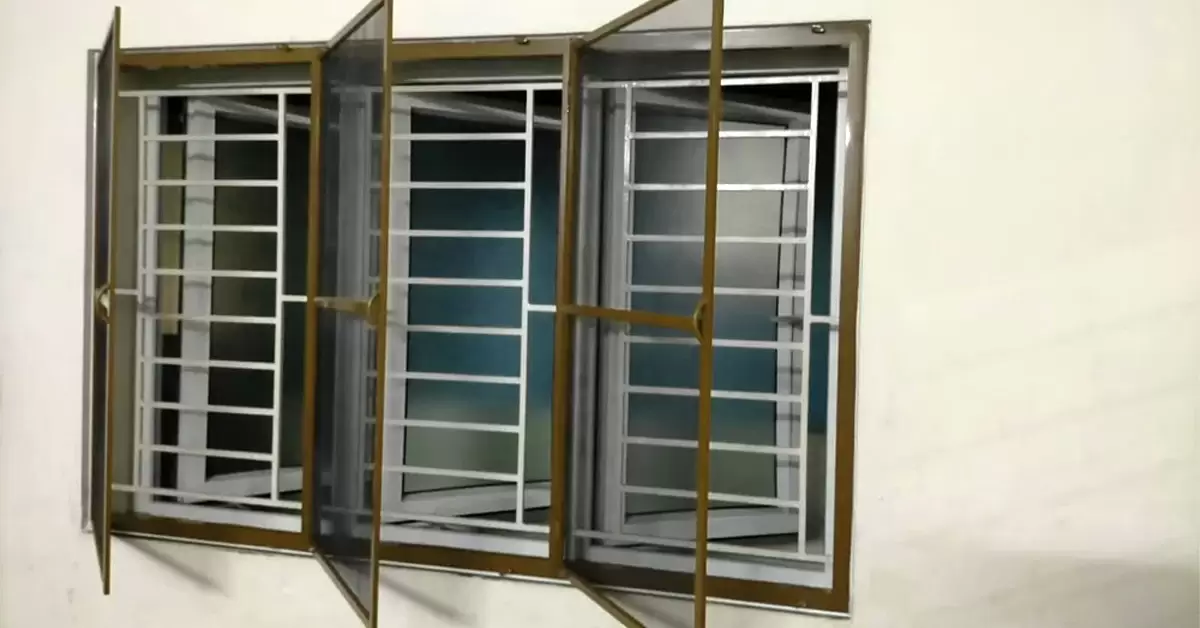
This kind of window is made out of mosquito mesh or wire mesh. They are seldom used alone and are usually coupled with other categories of windows so that there is a flow of air and the entry of mosquitoes is restricted. They can integrated into all types of windows, be they sliding or swing-operated windows.
5. Stainless Steel Windows:
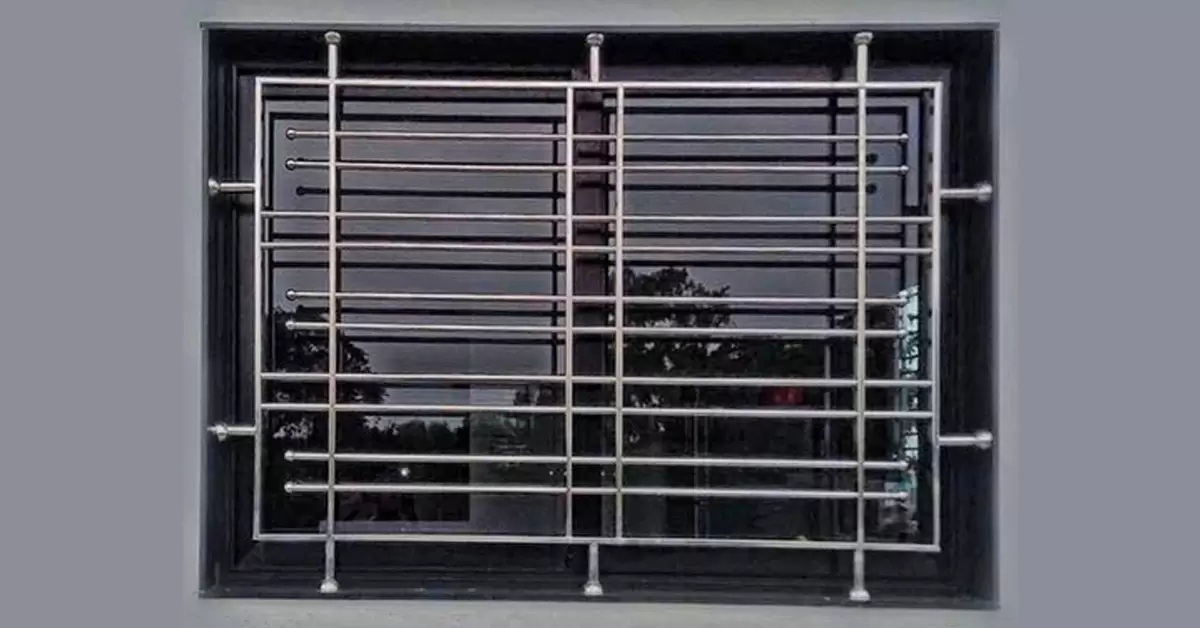
The stainless steel windows have their frames made out of Stainless steel. They are resistant to rust and have a shiny look. They are usually coupled with mesh to stop insects from entering the establishments. They are priced on the higher end, but they require minimal maintenance and sustain for a longer time. Deciding on the kind of window that suits your requirements becomes a difficult task as there are multiple types differing in purpose, material, price, etc.
McCoy Mart aims to bring you all the different kinds of windows that can be utilized for both commercial and residential properties. After curating all the different types of windows we also assist you in procuring these windows at the best price from the best suppliers. Window shopping is made easy, efficient, and cost-effective by McCoy Mart.
FAQ’S
Q:1 What factors should be kept in mind while deciding the type of window?
A:1 While deciding on the type of window to be used, multiple factors should be considered-:
- Location of Room
- Size of Room
- Direction of Wind
- Architectural Point of View
- Budget
- Requirement

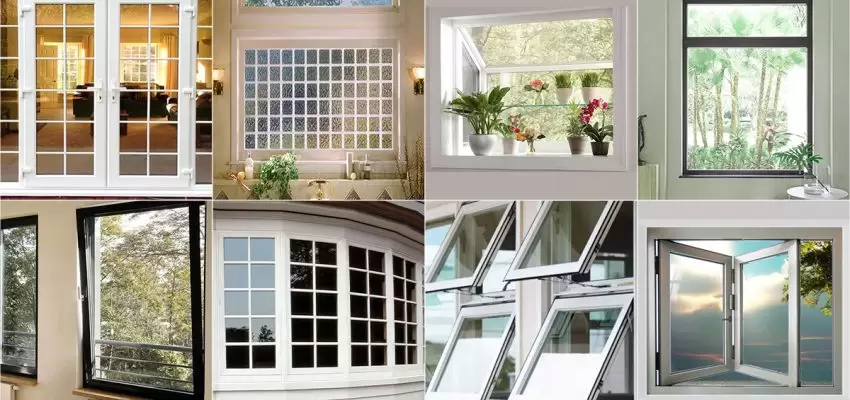
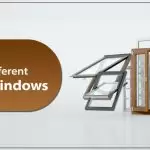
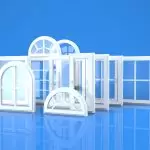
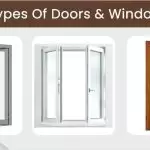
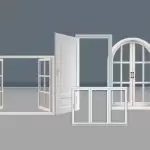

















Post A Comment